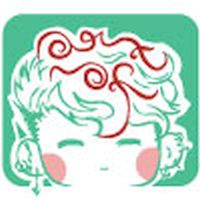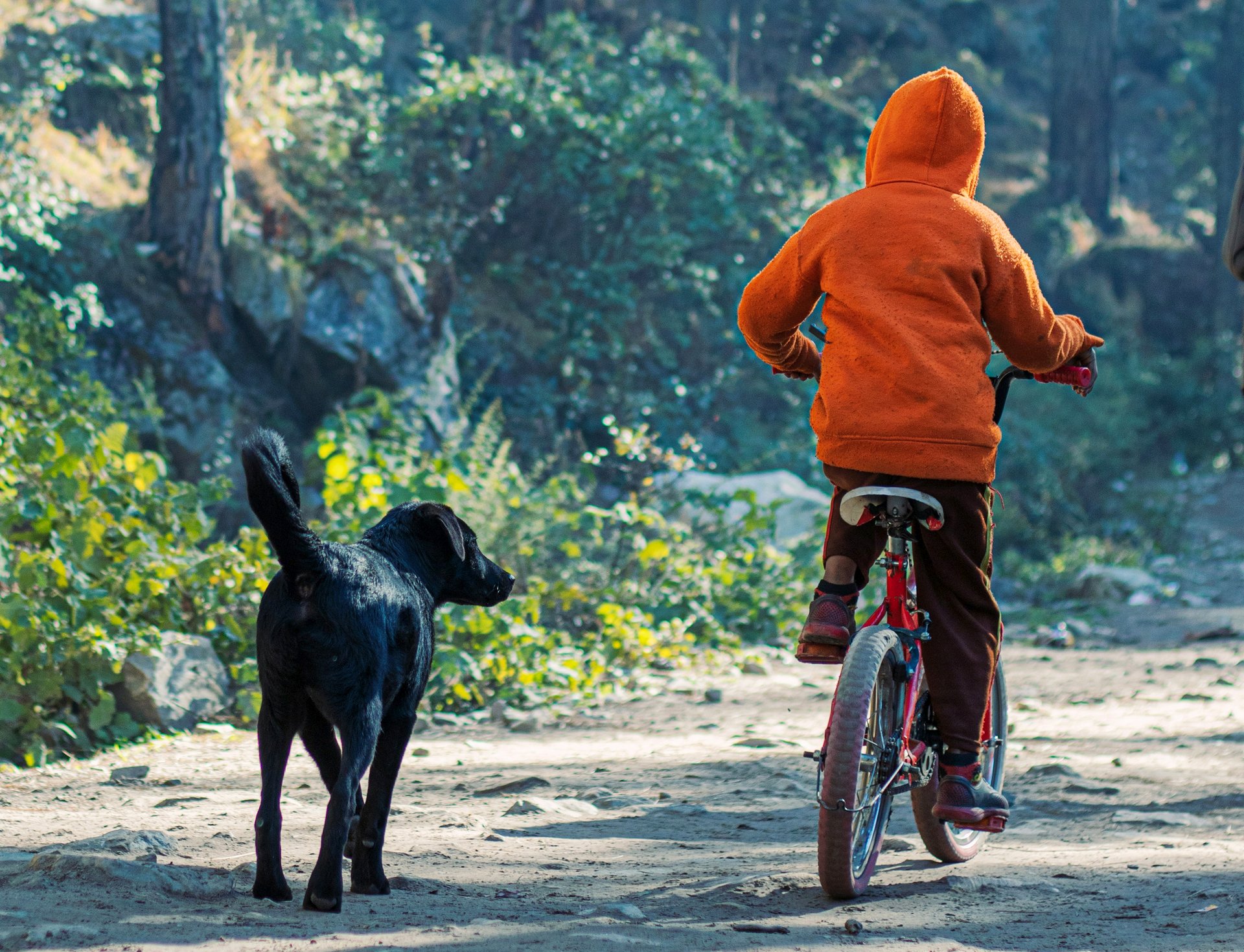Did you learn cycling as a kid? Do you remember the days where you used to hop on to your bike and explore your neighbourhood? The fun you had on early morning rides with your friends to the beach?
As you grow older you get sucked into your mundane daily lives. Your sedentary desk jobs give you mental stress, eye strain, back and neck aches.
You want to start cycling again, but now you feel there is more to cycling than just hopping onto your bikes. You need to navigate traffic, figure out what equipment to use and falling from your bike hurts a lot more. But honestly cycling now is not much different than when you were a kid. It has multiple fitness benefits and can also find you joy like your childhood days.
As a start and a motivator, let me give you multiple reasons why you should consider cycling as your go-to fitness tool.
Benefits of Cycling
- Its great for your heart and overall fitness. Just 30 minutes of cycling a day can help improve your cardiovascular health
- You get out of the house and get some fresh air. Sure walking to the store does the same thing. But trust me, nothing beats the feel of the wind on your face when you are out riding. You can explore new streets and roads and may just discover a whole new world right in your neighborhood. An early morning ride can also give you your much needed dose of Vitamin sunshine.
- Cycling releases a burst of endorphins that make you feel good. It can help many people overcome stress and anxiety.
- Cycling improves your strength and endurance. Almost every leg muscle is used while pedalling. Abdomen and back muscles stabilise the body, while your shoulder arm muscles support you at the handle bars. It strengthens your core, while also improving your balance.
- It is suitable for all age groups and fitness levels. No matter how old you are or what shape you are in, you can start at your own pace. It is also a low impact exercise and thus the pressure on your joints is very low.
- Whether it’s the corner store or your friends apartment a few blocks away, you can get there in half the time a car would take, while getting healthier.
- Your brain will work better. Cycling requires balance, quick reactions and decision making skills. This may help adults with focus and concentration.
- It is planet friendly. A cycle can replace your car, especially for shorter distances. It produces zero carbon pollution, thus making it environmentally sustainable.
What do I need to start cycling?
Obviously the first thing you need is a cycle. You also should wear a helmet when riding your bike at all times. Be safe.
There are many different types of cycles. You need to choose one which fits your use case, the kind of terrain you will be covering, and you will need to choose a bike with the right frame size for your body.
A helmet, other safety gear and accessories can all be crucial if you are serious about cycling as part of your regular routine.
There’s a lot more to these choices and they deserve their own article, so check out my full guide on the kinds of bicycle and biking gear.
Building a cycling routine
So now you have everything you need to start cycling. How do you go about it? The best way to build a cycling routine is to ease into it slowly. You start with a simple activity and then grow it into a more regular and repeated routine while making sure not to strain yourself physically in the early days.
As you get more confident and the routine settles in, it is important to do the right pre-ride warms ups and exercises to make sure your body is ready for the strain of the ride and this will ensure minimal injury and fatigue from your cycling routine.
This is a wide topic so you can read my suggested steps to building a cycling routine and my favourite pre-cycling warm up set.
Additional Cycling Tips for Beginners
- Ensure your tyres are pumped up. This will make cycling easier and avoid chances of a puncture.
- Choose the right riding position. This helps you ride longer comfortably.
- When making corners, put your outside pedal in the lowest position and apply downward pressure. This will help your bike grip the road better and help maintain balance.
- Always keep energy bars, sweets, bananas and nuts handy, especially on longer rides. It will keep you energised and you can avoid the risk of bonking.
Rules and Road Safety tips for cycling
Now that you have leveled up and built your cycling routine, you may way want to ride your cycle on the roads. Here are a few general rules and safety tips for riding a bicycle on Indian roads that all cyclists are bound to follow.
- Before riding a bike on the roads, ensure that you can ride in a straight line for upto 10 metres, can stop without falling and can easily give signals with one hand to make turns or change lanes.
- Concentrate and be alert while riding
- Do not use your mobile phone for talking or listening to music.
- Make sure to check your bike (brakes,bell, lights, etc) and wear your safety gear before going on a ride.
- Ride slowly and keep an eye out for road hazards like potholes, broken glass, gravel, speed breakers etc.
- Make sure to ride in the direction of the traffic and obey all traffic rules. Traffic rules stay the same regardless of the vehicle you are riding.
- Ride straight, and don’t swerve in and out of traffic.
- Make sure to look both sides before taking a turn. Also look behind before pushing breaks, changing lanes or taking a turn.
- Be ready to brake, keeping your hands near or on the brake levers so you can stop fast.
- Remember cycles do not have light indicators or blinkers. Always use your hands to make signals.
- Do not try to overtake other cycles or any other vehicles to avoid accidents.
- Do not wear clothing that can get tangled in your chain or wheel. Always wear appropriate clothing such as tights or shorts.
- Make yourself visible at night with reflective clothing ,and front and back lights.
- Never ride a cycle with one hand on the handle bar, except when giving a signal.
General tips
Keep your body hydrated
Drinking fluids throughout the day is essential to maintain healthy hydration levels. When exercising, your body sweats as it tries to return to its optimal temperature. This causes you to lose body fluids and can cause dehydration. You could experience headaches, fatigue, muscle cramps, weakness, confusion etc when dehydrated. It is essential to rehydrate your body adequately while exercising to reduce risk of heat stress, maintain normal body function and performance levels.
Focus on your nutrition
Always ensure to consume a balanced diet to support your fitness regime. All food groups are essential to maintain energy levels. Without the right amount carbohydrates, proteins, and fats, you may feel sluggish and fatigued during a workout. Not prioritising your nutrition can also increase the risk of injury. Nutrition for physical activity is highly individualised and may vary depending on your fitness level and type of activity you perform.
Post Exercise Cool Down
Cooling down post exercise is as important as a warmup. Light walking or static stretches are great for helping your body cool down. It can help reduce chances of muscle soreness, restore normal breathing patterns and bring your body to its normal state.
Listen to your body
Be mindful of your body and its limits. When you start any exercise regime, it is common to feel pain or muscular discomfort. Ignoring these cues will cause injuries in the long run. Riding harder and faster is not always better. Sometimes there is a higher payoff to stopping and taking a break. Prioritise rest days. You can go out for a leisurely walk, do yoga and meditation or just perform static stretches on your rest days. Slowly progressing through your fitness regime can maximise your benefits and help you maintain the routine long term.
Physical activity is a major pillar of your continued health and well being at any age. Once you’re eating well, your physical fitness comes down to your exercise and flexibility and cycling is a great way to maintain that. Take it slow, but give it a try. It really is no different from your leisurely cycling from childhood, just with a bit more planning and potentially a lot more fun.
Drive safe.





